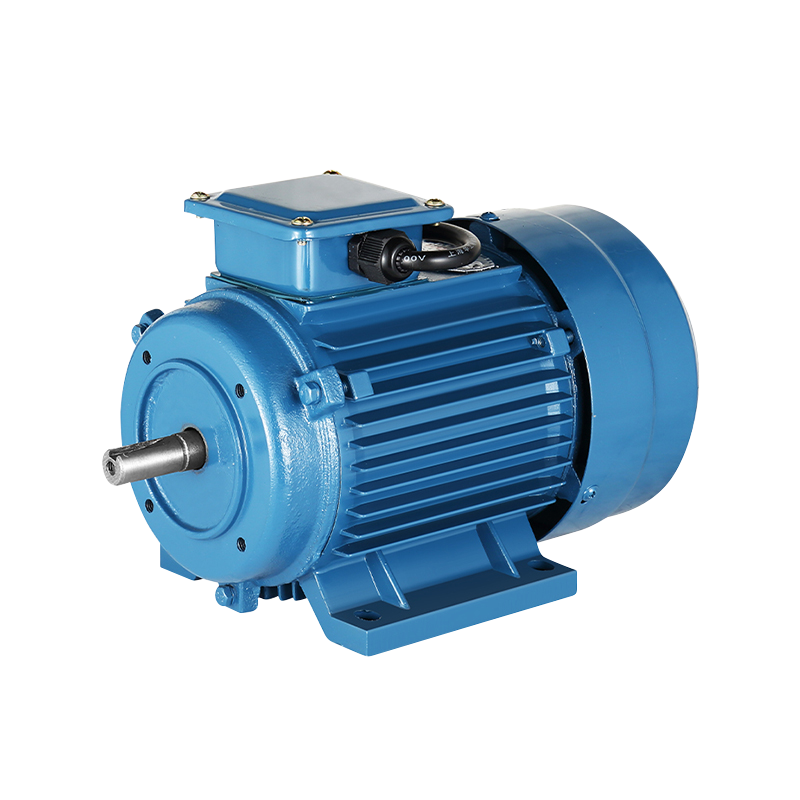Asynchronous Motor Fan Supporting: Transforming Efficiency in HVAC Systems
The HVAC industry is experiencing a significant transformation with the introduction of Asynchronous Motor Fan Supporting technology. This innovation is revolutionizing how ventilation and cooling systems operate, offering substantial improvements in energy efficiency, reliability, and performance. As HVAC systems are critical to maintaining comfortable and safe environments in residential, commercial, and industrial settings, the impact of this new technology is profound.
At the heart of this transformation is the Asynchronous Motor Fan Supporting system, which utilizes an asynchronous motor, also known as an induction motor, to drive the fan. Unlike synchronous motors, asynchronous motors do not require brushes or commutators, resulting in a simpler, more durable design. This makes them particularly well-suited for continuous operation in HVAC systems.
The Asynchronous Motor Fan Supporting system is designed to optimize the performance of the motor and fan assembly. It achieves this by precisely controlling the speed of the motor, which is critical for maintaining airflow and temperature regulation. This capability is especially beneficial in environments where maintaining precise climate control is essential, such as in data centers, laboratories, and manufacturing facilities.
One of the significant benefits of the Asynchronous Motor Fan Supporting technology is its energy efficiency. The system can adjust the fan speed based on real-time environmental conditions and system requirements, thereby reducing energy consumption during periods of low demand. This variable speed control not only lowers electricity bills but also reduces wear and tear on the motor and fan components, extending their operational life.
The energy savings provided by the Asynchronous Motor Fan Supporting system are substantial. In large-scale HVAC applications, such as those found in commercial buildings or industrial plants, the reduction in energy usage can translate into significant cost savings over time. These savings are particularly valuable in today’s market, where energy costs are a major concern for businesses and institutions.
Reliability is another critical advantage of the Asynchronous Motor Fan Supporting system. The asynchronous motor's robust design and fewer moving parts make it less prone to mechanical failure compared to other motor types. This reliability is crucial in HVAC systems, where consistent operation is necessary to maintain controlled environments and prevent equipment downtime.
Furthermore, the system’s intelligent control features enable predictive maintenance. By monitoring motor performance and operating conditions, the Asynchronous Motor Fan Supporting system can identify potential issues before they to system failures. This proactive approach to maintenance helps avoid costly repairs and ensures that HVAC systems remain operational, even under demanding conditions.
The versatility of the Asynchronous Motor Fan Supporting technology makes it applicable across a wide range of industries. In commercial buildings, it enhances the efficiency and reliability of heating, ventilation, and air conditioning systems, contributing to lower operating costs and improved indoor air quality. In industrial settings, such as manufacturing plants and processing facilities, the technology supports critical cooling and ventilation processes, ensuring safe and efficient operations.
Additionally, the technology is increasingly being adopted in residential HVAC systems, where homeowners are seeking more energy-efficient and environmentally friendly solutions. The Asynchronous Motor Fan Supporting system offers a practical way to achieve these goals, providing homeowners with reduced energy bills and a lower carbon footprint.
The environmental benefits of the Asynchronous Motor Fan Supporting system are significant. By reducing energy consumption, the technology contributes to lower greenhouse gas emissions, which is a crucial consideration in the fight against climate change. Moreover, the improved efficiency of HVAC systems reduces the need for fossil fuel-based power generation, further decreasing the overall environmental impact.
As regulatory standards for energy efficiency and emissions continue to tighten, the adoption of technologies like the Asynchronous Motor Fan Supporting system is expected to increase. This trend aligns with global efforts to promote sustainability and reduce the environmental footprint of industrial and commercial activities.
-
Feedback

 English
English 中文简体
中文简体






